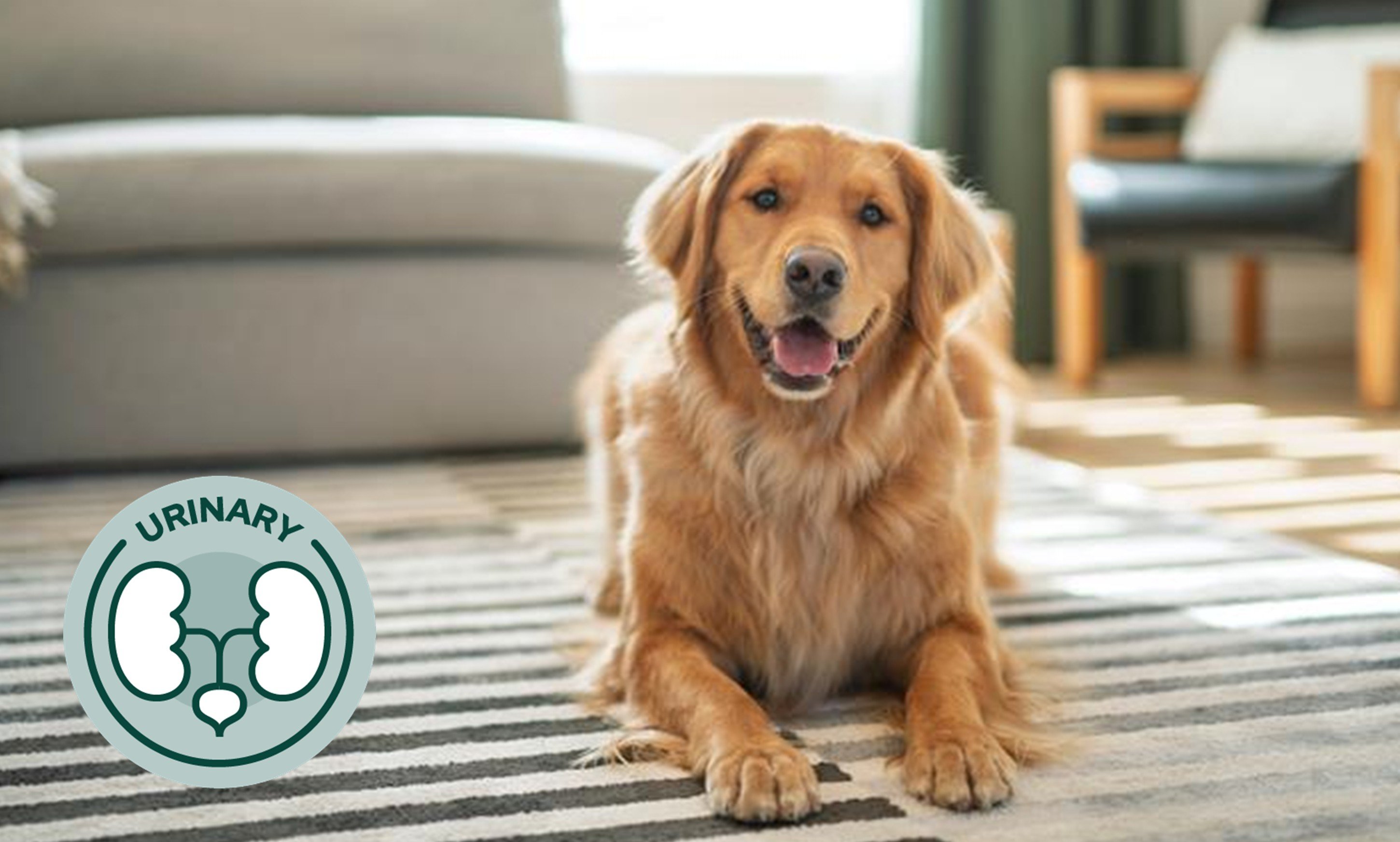
Urinary
Urinary incontinence in dogs: diagnosis by exclusion and therapeutic options
Published “ACVIM Consensus Statement* on Diagnosis and Management of Urinary Incontinence (UI) in Dogs”1
![]() Published on June 24, 2025
Published on June 24, 2025
Powered by

Urinary incontinence is a disorder of micturition characterized by the passive, involuntary leakage of urine
Under “Classification”, UI should be divided into 2 main categories: urinary storage and voiding disorders. These can be further subdivided into major causes. Urethral sphincter mechanism incompetence (USMI) is the most common functional urine storage disorder in dogs.1
|
The urethral sphincter mechanism includes the smooth muscle of the urethra as well as the surrounding support tissues and vasculature.2,3 |
|
A reduction in urethral sphincter muscle tone leads to USMI. The internal urethral sphincter does not close completely leading to urine leakage with normal increases in bladder pressure.
|
|
USMI diagnosis
Diagnosis of USMI is one of exclusion4 and the committee identified history and pattern recognition followed by clinical assessment, with the understanding that diagnostics and management should be tailored to the individual dog. Since polyuria (PU) and polydipsia (PD) can exacerbate UI, it is agreed that subjective changes in water intake and urine volume should be noted for all UI patients.1 |
 |
Under “Treatment of storage disorders” there is 100% consensus:
-
On recommending an alpha-agonist (e.g.phenylpropanolamine or PPA) as first-line treatment for USMI in female dogs.1
-
That ideally, systolic blood pressure should be measured both before initiating and periodically during administration of PPA because hypertension is a potential, albeit uncommon, adverse effect of alpha-agonists.1
Urinary health: targeted solutions for a balanced daily life
PROIN®, PRONEFRA®, and VETERINARY HPM®: three approaches to support urinary and renal function.
You must be logged in to access the page.
REFERENCES
- Kendall A, Byron JK, Westropp JL, et al. ACVIM consensus statement on diagnosis and management of urinary incontinence in dogs. J Vet Intern Med. 2024;38(2):878-903. doi:10.1111/jvim.16975.
- Byron, Julie K. Micturition Disorders, Veterinary Clinics of North America: Small Animal Practice, Volume 45, Issue 4, 2015, Pages 769-782.
- Tilley, L. P. & Smith, F.W.K Jr. (2016). Blackwell’s Five-Minute Veterinary Consult: Canine and Feline. Wiley Blackwell. Pgs. 747-74
- Nelson, R. W., & Couto, C. G. (2014). Small Animal Internal Medicine (5th ed.). Elsevier - Health Sciences Division. Pgs. 706-707.5.Thrusfield




